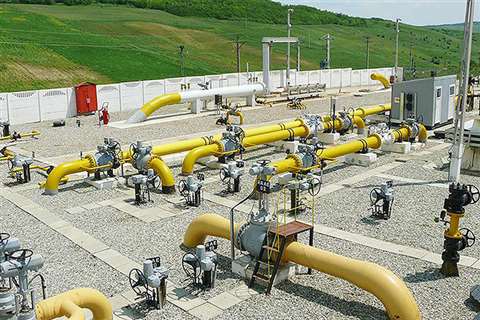Moldova gas pipeline to be extended
02 May 2019

A 120 km extension of the existing Ungheni-Iasi gas delivery network in Moldova is ready to begin construction.
The project is expected to cost over €113 million with partial funding being provided by the European Bank for Reconstruction and Development and the European Investment Bank providing sovereign loans of €41m each to the Government of Moldova.
While the EU has agreed to provide an additional €10m investment grant.
The Romanian Government will also provide a grant of €550,000 to Moldova for detailed engineering works in support of the gas pipeline’s construction.
The current pipeline stretches to 43.2 km and is currently the only gas connection between Moldova and the European Union.
Considered of vital importance, this project will help make Moldova less energy dependent on Russia. Once the North Stream pipeline has been completed the delivery of gas from Russia is likely to become uncertain.
The Ungheni-Iasi pipeline currently transports gas from Romania from OMV Petrom, a subsidiary of the Austrian oil and gas group OMV, and has a maximum transportation capacity of 1.5 billion m3 of gas.
The new extension will be built by Romanian gas firm Transgaz under the control of the Economy Ministry.
It is reported that the firm has now signed all the contracts for the acquisition of the works leading up to completion of the project.
As well as the installation of 120 km of pipeline, the company will also oversee three new natural gas delivery stations (one in Ungheni and two in Chisinau) and an upgrade to the dispatch centre at Ghidighici.
The Romanian Economy Minister, Niculae Bădălau, said, “Through Transgaz’s activity in the Republic of Moldova, we prove that we strongly support the pro-European path of this state and the joint investment projects, these being a safe way toward the welfare of Moldovan citizens.”
The new pipeline will have a design life of 25 years, enabled by cathodic protection where another more corrodible metal will deteriorate first.
With partial replacement of the system over time, the pipe could potentially last up to 40 years.
To prevent corrosion an internal epoxy lining will be implemented, with the added benefit of improving gas flow.




